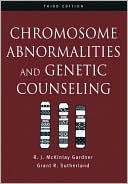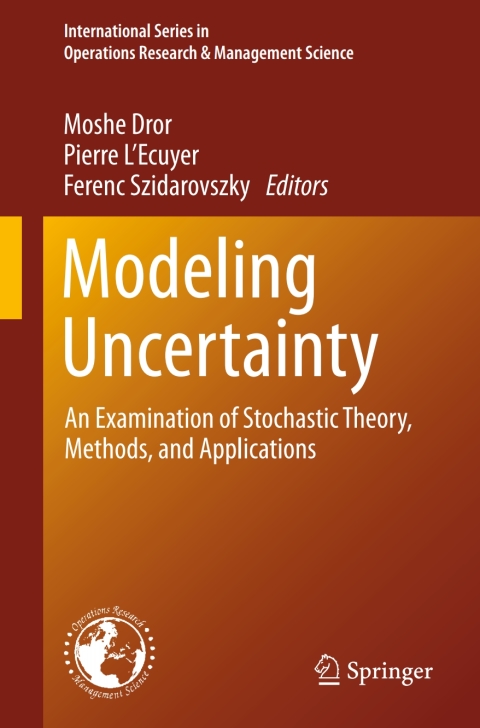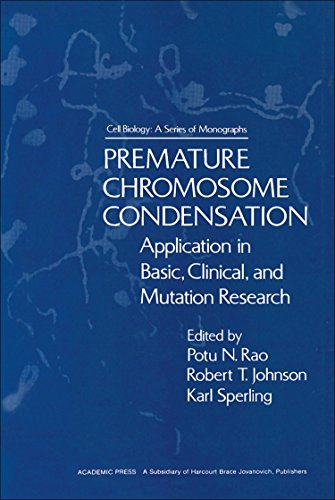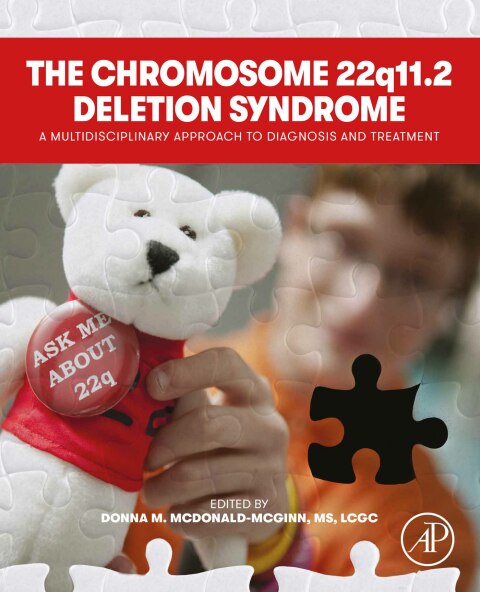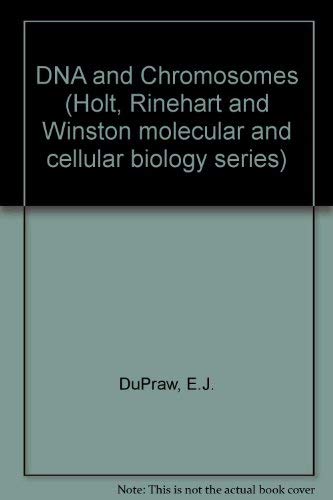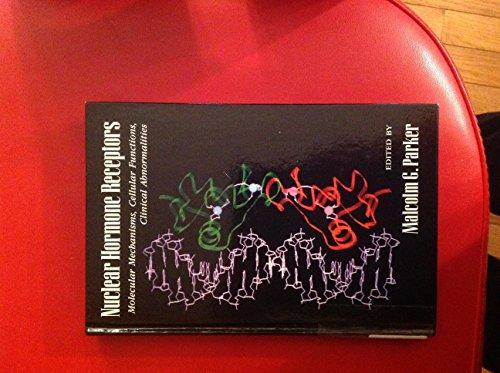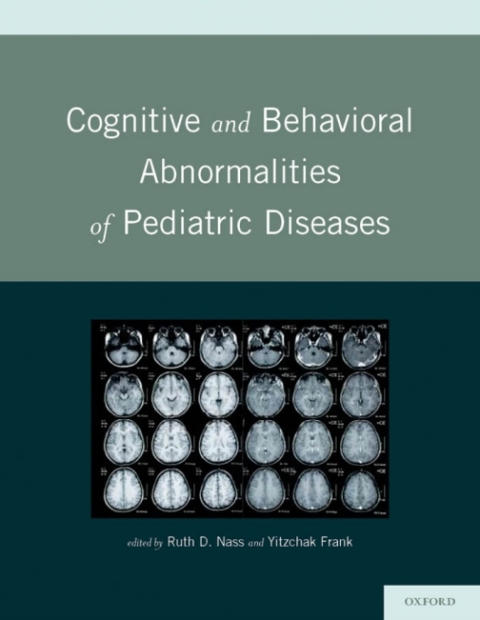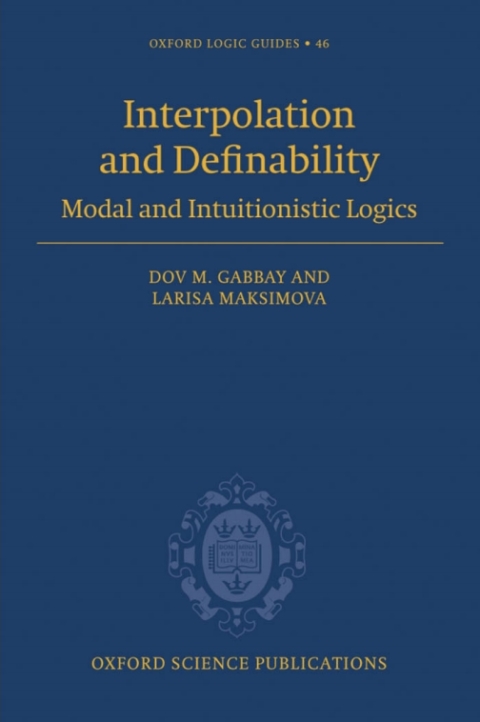Chromosome Abnormalities and Genetic Counseling (Oxford Monographs on Medical Genetics, No. 46)
Gardner, R. J. McKinlay
Sutherland, Grant R.
There have been many advances in clinical cytogenetics since the first edition of this book appeared in 1989. The authors have written more expansively on segregation and risks in reciprocal translocations, X-autosome translocations, inversions, insertions, and prenatal diagnosis. The deletion syndromes have become more numerous, and more precisely defined, and this required treatment. Fluorescence in situ hybridization has become a routinely applied methodology, and its use has extended the power, and increased the sophistication, of the discipline of clinical cytogenetics. The Human Genome Project is unravelling the complexity of our genetic inheritance, and readers will find evidence of its impact on the practicalities of human cytogenetics throughout the book. Two phrases not used at all in the first edition are dynamic mutation and genomic imprinting. The fragile X syndrome now has the status of the prototypical dynamic mutation. The authors completely rewrote this chapter, giving it a much more molecular character. The Prader-Willi and Angelman syndromes, likewise, have become the classic examples of genomic imprinting and uniparental disomy. Compared with the tentative comments on these syndromes in the first edition, they now receive more extensive treatment. Yet, while the subject has become more complicated, the book's aim remains the same; to furnish a straightforward scientific description that will help readers understand the various chromosome abnormalities encountered in clinical practice, and to provide practical advice that can be passed on to the people who have, or whose families have, these abnormalities.
Teresa A. Hadro
The second edition of Gardner and Sutherland's work represents a valuable updating of their 1989 book. The authors have increased the text from 208 to 372 pages and the references from 26 to 70 pages. The expansion reflects, in the authors' words, the ^^evolution of cytogenetics to molecular cytogenetics,^^ and the reader's perusal of the thorough discussions of uniparental disomy, newly identified autosomal microdeletion syndromes, or of the dynamic mutation basis underlying the fragile X syndrome will offer evidence enough of the need for a second edition of this book. The authors' intent is ^^to provide accurate information about chromosomal conditions for those whose task it is to explain and interpret them.^^ This book fills a highly specific niche. It is an indispensable resource for clinical geneticists, genetic counselors, and students of medical genetics. A review of the table of contents highlights the practical nature of this book: Basic Concepts, Parent with a Chromosome Abnormality, Normal Parents with a Chromosomally Abnormal Child, Reproductive Failure, Prenatal Diagnosis. Subheadings make it easy for the clinician to quickly locate relevant information regarding consequences and risks of recurrence of chromosome abnormalities. Illustrations are pertinent, and many of them are suitable for use in the counseling session itself. This is a much needed resource with a highly specialized focus. As such, it will have a limited audience. This book belongs in the personal library of every clinical geneticist and genetic counselor and on the reference shelves of all medical libraries.
| Name in long format: | Chromosome Abnormalities and Genetic Counseling (Oxford Monographs on Medical Genetics, No. 46) |
|---|---|
| ISBN-10: | 0195149602 |
| ISBN-13: | 9780195149609 |
| Book pages: | 604 |
| Book language: | en |
| Edition: | 3 |
| Binding: | Hardcover |
| Publisher: | Oxford University Press |
| Dimensions: | Height: 7 Inches, Length: 10.1 Inches, Weight: 3.04458383822 Pounds, Width: 1.4 Inches |

